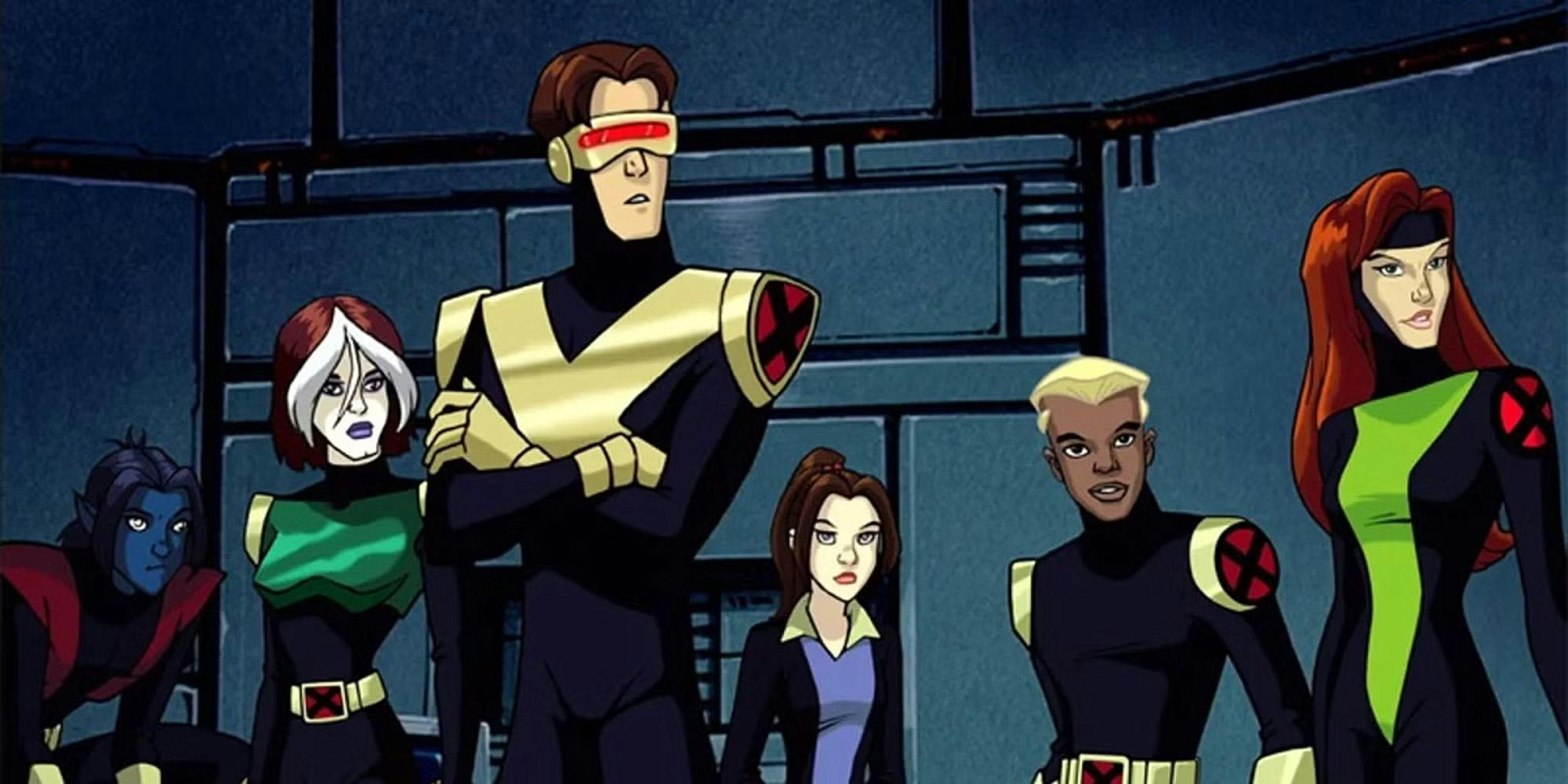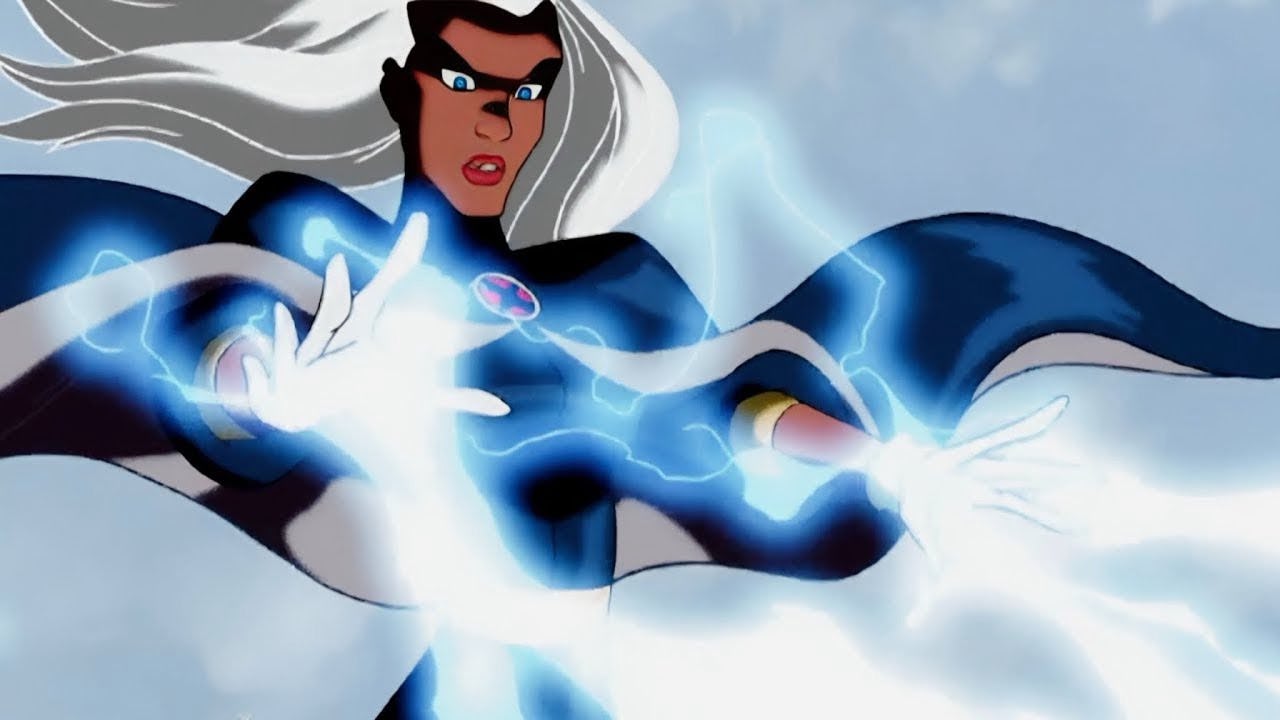
The X-Men will always have a foothold in the zeitgeist, but Marvel’s team of angsty mutant heroes arguably hit their peak at the turn of the millennium. The 2000s were good to Charles Xavier’s super-team, if only because they finally managed to break out from the pages of Marvel comics and onto the big screen in a wildly successful blockbuster. X-Men created the kind of renaissance that trickled down into every other medium, from Grant Morrison and Frank Quitely’s New X-Men comics to a new animated series on the small screen.
It goes without saying, but the X-Men’s popularity was thanks in great part to its first animated series, which ran from 1992 to 1997. Reviving the team in animation so close to the end of such a beloved show was a daunting task, but it was one that producers Boyd Kirkland, Steven E. Gordon, and others took in stride. Their efforts culminated with X-Men: Evolution, which premiered just a few months after X-Men hit theaters. Evolution exists in its own universe, separate from X-Men the film and X-Men: The Animated Series. It was also clever enough to do what neither project was able to: with the freedom of a fresh timeline, Evolution could go back to (almost) the beginning, offering a new take on the origin stories of fan favorite characters.

While most X-Men stories introduce Xavier’s “first class” — some configuration of Cyclops, Jean Grey, Storm, Wolverine, Rogue, and Nightcrawler — as adults, Evolution took it back to the beginning. A handful of characters retained their status as teachers at Xavier’s school, like Wolverine and Storm. The rest are students, young adults still getting a grasp on their powers. Cyclops, aka Scott Summers, and Jean Grey, are the oldest and most experienced teens, tasked with guiding a new group of mutants that includes Rogue, Kitty Pryde, and Nightcrawler. Evolution’s first season was mostly spent recruiting these potential X-Men, with each episode splitting the difference between backstory and a new adventure.
While Xavier runs his own school, his charges also pull double-duty at a nearby high school. Per co-developer Robert N. Skir, that choice was controversial at the time — but in a 2020 interview, he argued for its necessity. Kids WB, the studio distributing Evolution, was keen on stories set in traditional high schools, but that insular focus also gave the X-Men their own small world to play and learn within.
“If you don’t have them interacting with other kids and having the fear of being discovered, what’s the point of the show?” Skir said. “We wanted to make the high school and the town a microcosm for the world. It isn’t like they’re traveling internationally and getting in giant battles. It all happens in the school.”

Skir wasn’t with the series long — he left to develop other shows like Action Man just before Evolution premiered — but many of his ideas made it into the finished product. He created the character of Spyke to introduce a bit more diversity: “The X-Men had been around for 40 years. There had never been a Black teenage guy on the team and it seemed unfair.” Evolution would follow his lead later on with the creation of Laura Kinney, aka X-23. As the creative team wasn’t able to age down Wolverine, who was essentially immortal, Craig Kyle and Christopher Yost settled for a clone of the character that could slot into the group of younger X-Men recruits. She’s since migrated to the comics and into live-action, making her one of Evolution’s biggest contributions to canon.
Character designs, meanwhile, were spearheaded by Gordon, whose work on The Swan Princess and Anastasia helped create a fine aesthetic rival to Disney’s own animated Renaissance. That style helps Evolution stand out further: it has a visual and narrative identity totally unique to any other X-Men project. Though it’s not spoken of with the same reverence as the original X-Men series (nor is it close to getting a revival, despite scrapped plans for its fifth season), it holds a special place in the heart of many a millennial. It was immensely satisfying to watch the team grow from the ground up, with each season bringing in fan favorites like Iceman, Beast, Gambit, and Colossus. To a generation of fans, Evolution is a definitive origin story for the X-Men. It might not be completely canon, but it is a delight to watch, even decades later.







